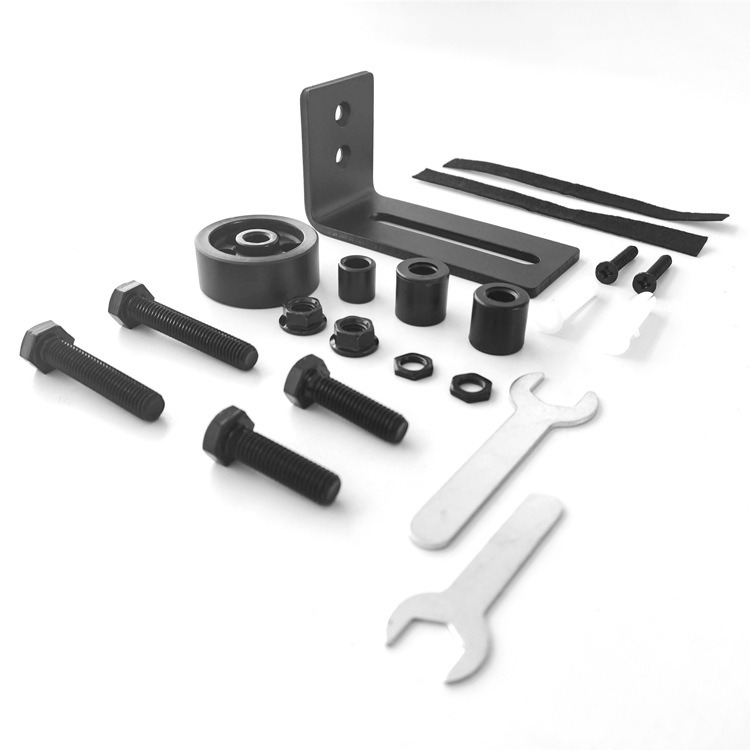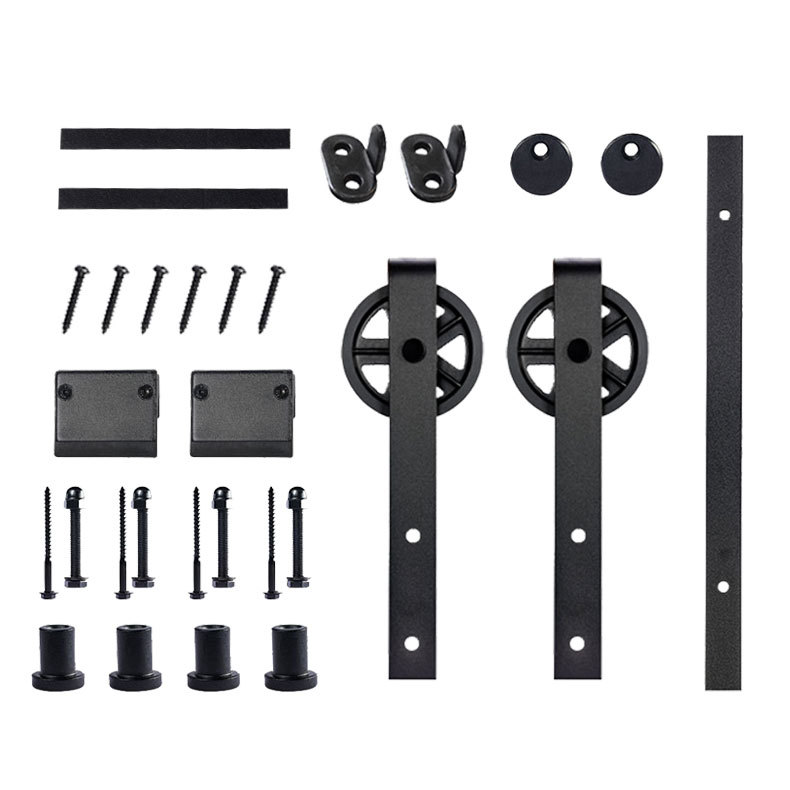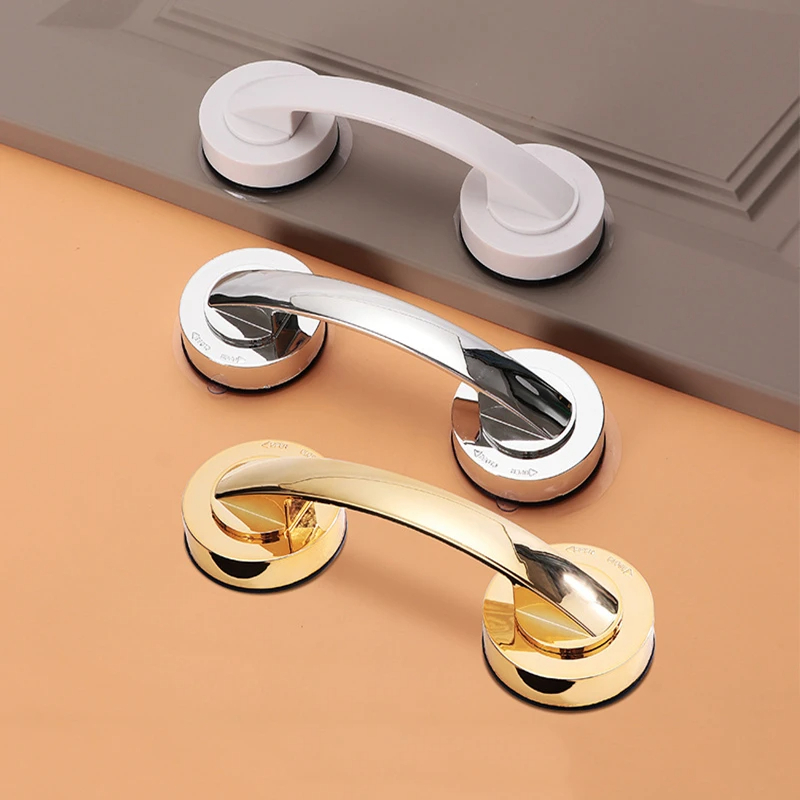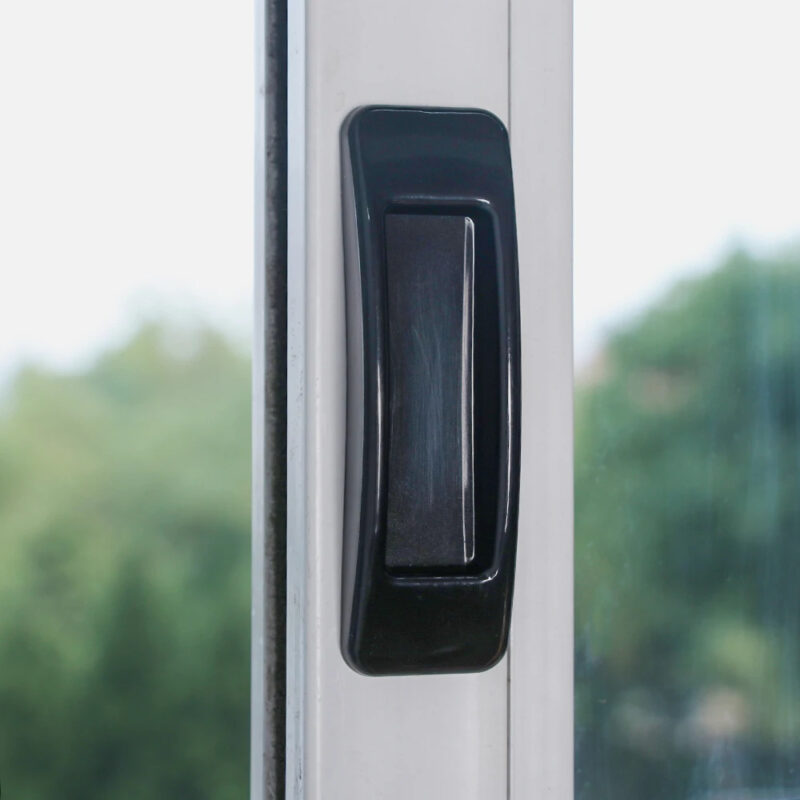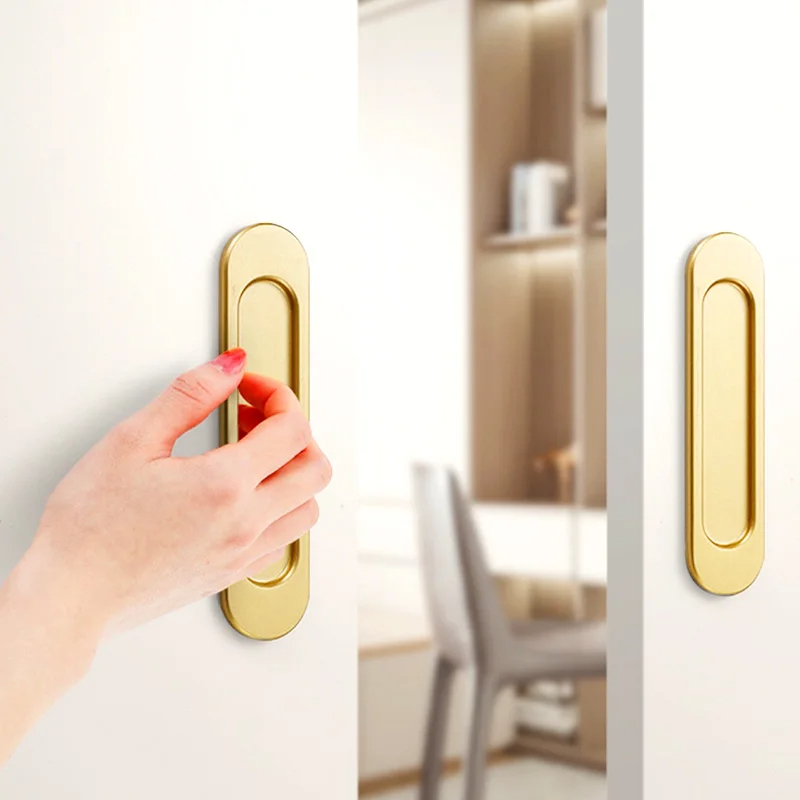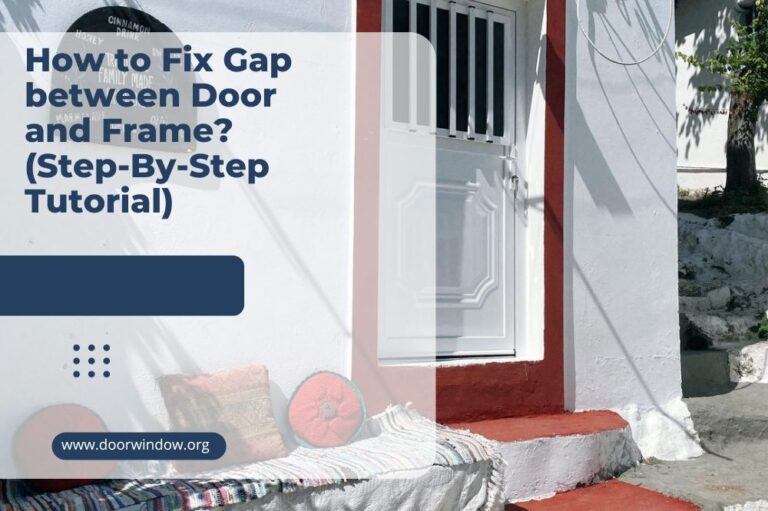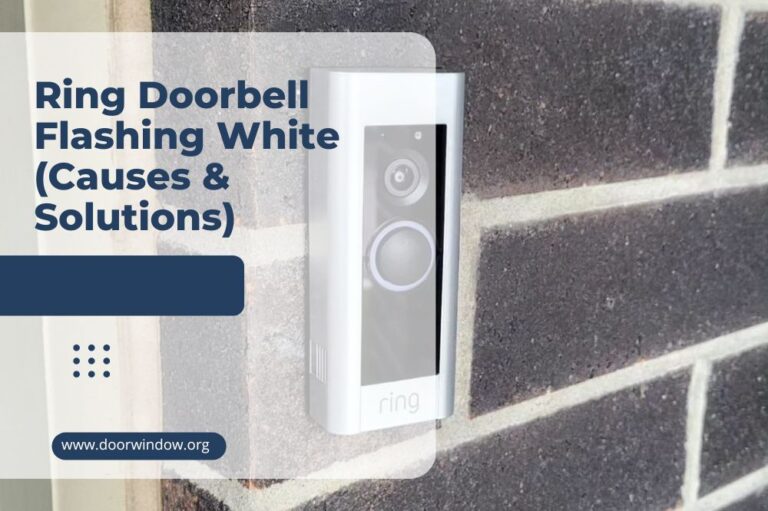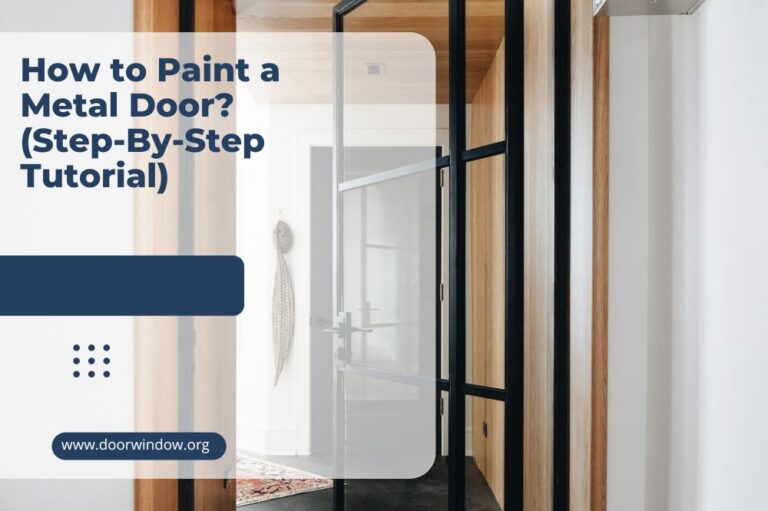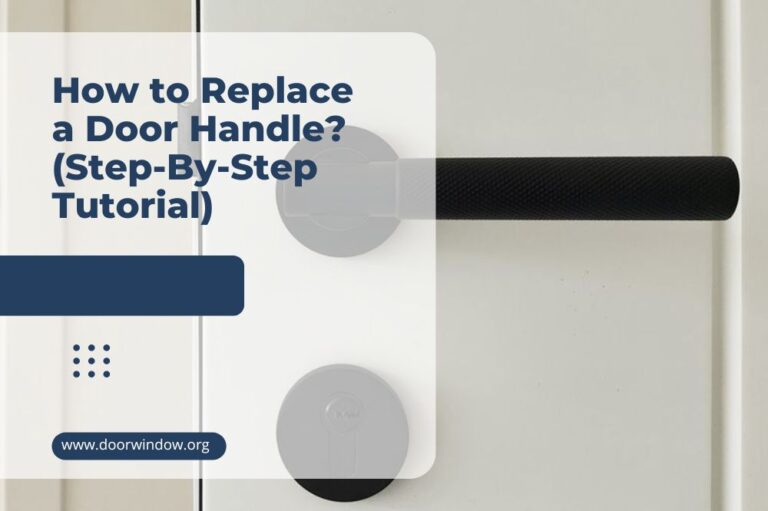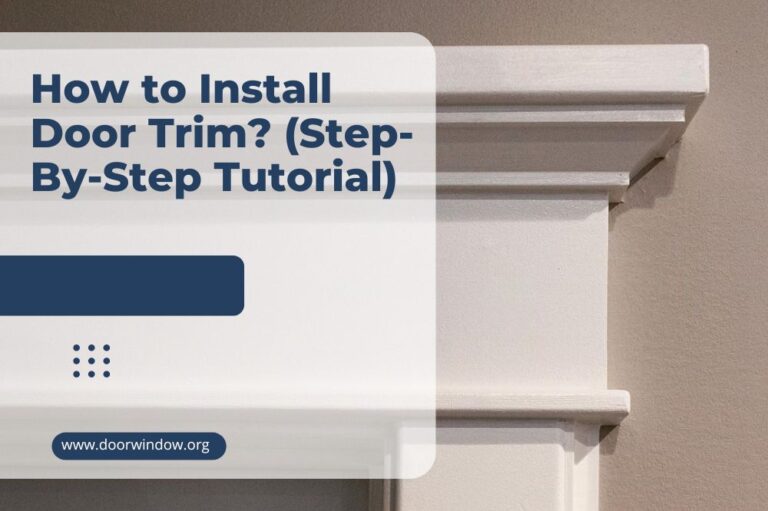Does A Laundry Room Need A Door? (Best Options & Tips)
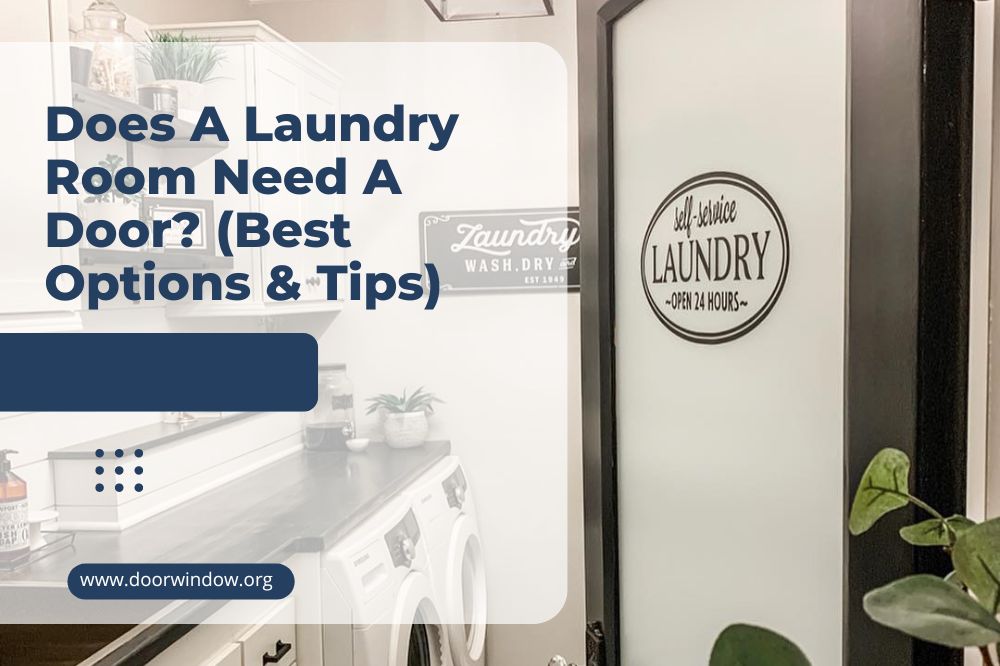
Like many other homeowners, you may wonder, does a laundry room need a door?
Generally speaking, you may choose to have a door installed – or not. It depends on ventilation, and sound tolerance, among many other factors.
Let’s discuss them below.
Does a Laundry Room Need a Door?
Yes – and no.
Ultimately, your decision should depend on the following – especially the ones that work better for you:
Advantages of Having a Laundry Room Door
- Noise Reduction
Older washing machines and dryers tend to be noisy (and more expensive too.)
Even if you have newer models, washing/drying your clothes will still make some noise. You can save as much as $35 on energy bills, though, for it uses 50% less water.
While the noise is tolerable, it can disrupt some areas of the house. This is especially true if your laundry room is near your family area, dining room, or kitchen.
That said, having a laundry room door is the best way to muffle these machines’ sounds.
- Concealment
Let’s face it – the laundry room is not the prettiest sight in your home. It’s filled with dirty clothes, laundry baskets, and unorganized shelves, to name a few.
And, if you’re like most people, it may also serve as a storage space for other unsightly stuff.
Simply put, having a door is a great choice – especially if you want to ‘conceal’ your clutter from plain view.

Benefits of NOT Having a Laundry Room Door
- Improved Ventilation
Big appliances, such as the washing machine and dryer, generate a lot of heat and moisture during the process. In the long run, this humidity can damage the paint, flooring, and drywall.
Furthermore, some appliances need proper airflow to function correctly.
Unless you plan on installing a vent inside your laundry room, you can improve its overall ventilation by skipping the door instead.
- Fewer Expenses
It will cost you some money to get a door installed.
A slab/pocket sliding door or bi-fold door will cost about $228 each. And, if you want to have laundry room barn doors, that’s about $288 a pop.
You also have to shell out some money for certain parts, such as:
- Hinges – $2 to $20
- Knobs and handles – $10 to $300
- Deadbolt – $15 to $300
- Threshold – $50 and above
- Door jamb or slab – $100 and above
Then there’s the cost of installation, which may range from $178 to $398, as per Home Depot.
Simply put, if you want to save money, you should nix the laundry room door.
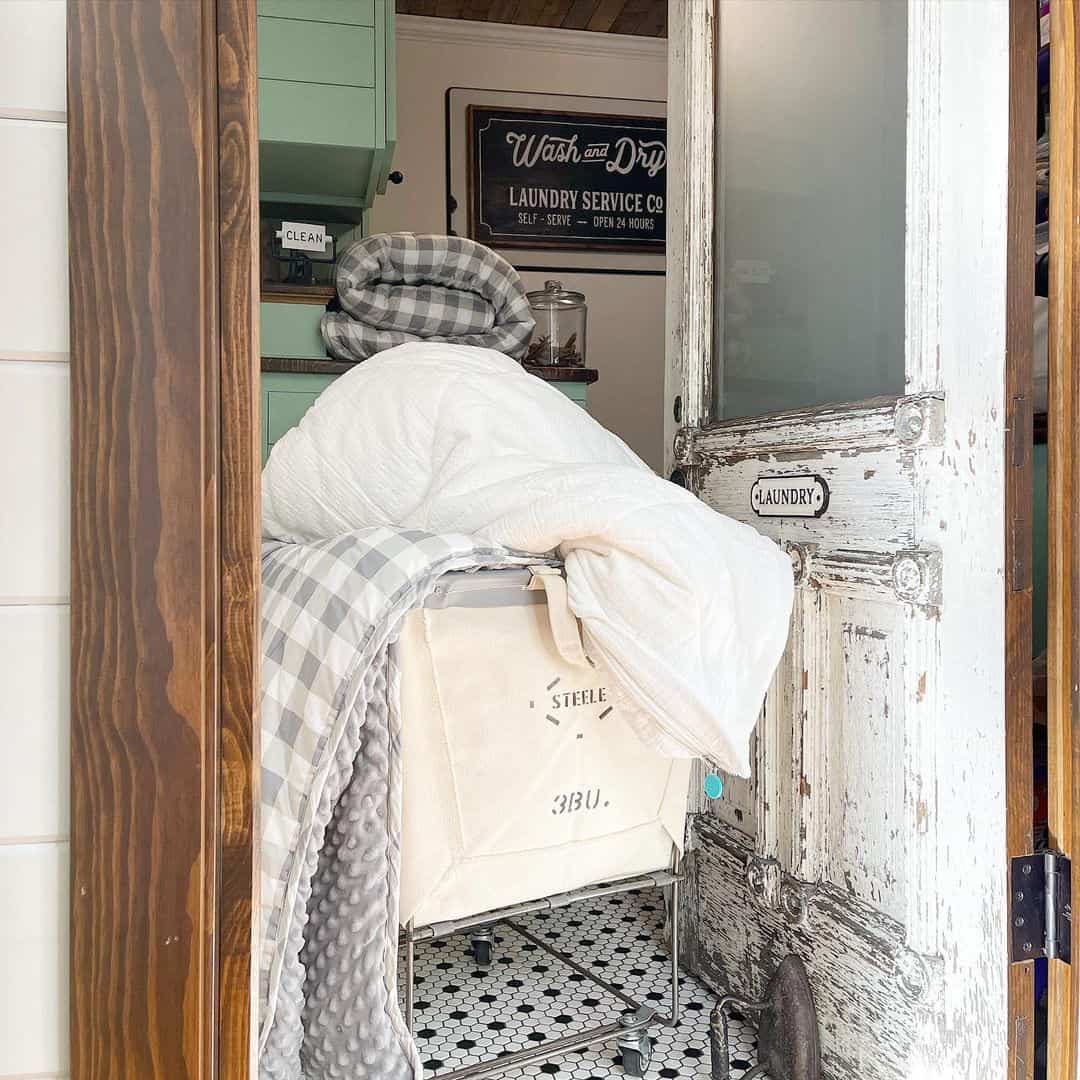
Best Door Options For a Laundry Room
If you decide to install a door in the laundry room, know that you should consider more than just the door design. You have to look at its functionality as well.
The best choices by far are the following:
1. Vented Door
The number 1 choice for a laundry room is a vented door. As the name suggests, it allows ventilation – thanks to the slats at the door’s bottom part.
These features, all in all, help prevent mold/mildew growth and wall/flooring damage – and reduce fire risk.
Although a vented door offers many benefits, it’s not as effective as muffling noise compared to solid doors. If this is your main concern, your best bet is a door with vents at the top.
2. Louvered Door
If you’re more concerned about ventilation than noise reduction, a louvered bifold door is something you should consider. Compared to a vented door, it has slats that promote ventilation all the way through.
It’s better for small spaces, too, since it doesn’t open all the way in. More importantly, it won’t obstruct your access to the machines!
3. Sliding Door
Another good model you should consider for your laundry room is a sliding barn door. It can provide noise reduction while closed – and that much-needed ventilation when left open.
You can also achieve the latter – and maintain some privacy – by keeping the door partially open.
4. Timber Wood Door
If you’re looking for an external door for your laundry room, a timber door with a foam core is the perfect option. It can insulate the room well by keeping the cold out – and the warmth in.
Likewise, this timber door won’t warp even if it’s constantly exposed to harsh environmental forces.
Tip: If you want to take advantage of the natural light outside, you can have your door fitted with glazed windows/openings.
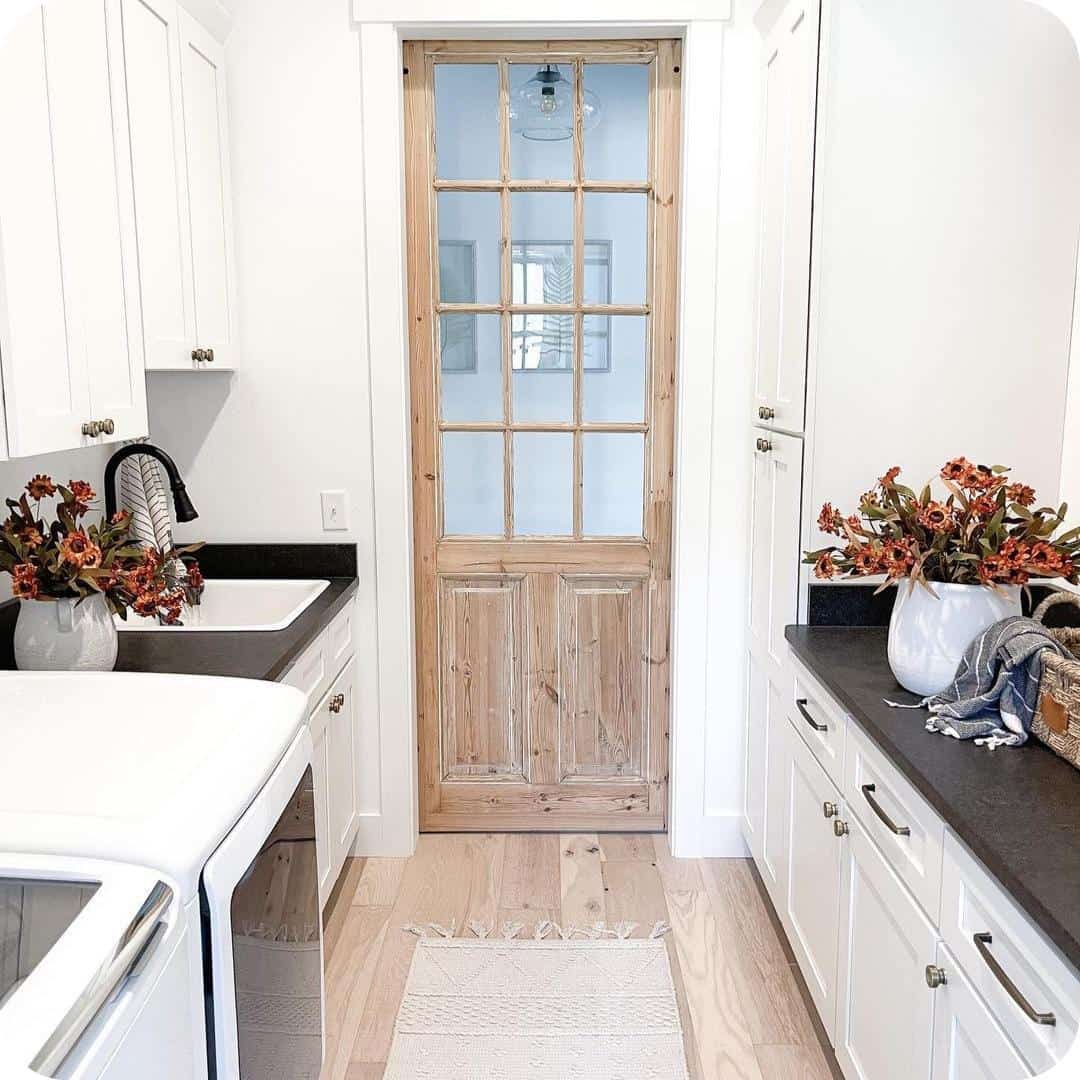
How to Install a Laundry Room Door
As previously mentioned, getting a laundry room will cost you some money. But if you want to save some, you could go ahead and DIY.
For this project, you are going to need the following items:
- Utility knife
- Putty knife
- Hammer
- Pry bar
- Reciprocating saw
- Wooden bars
- Shims
- Nails
- Nail gun
If there is an existing case/trim, prepare the area by removing the door case caulking. Also, cut the miter joints with a utility knife.
Next, use the putty knife, hammer, and pry bar to remove the door trim/casing. Remove the existing frame with a reciprocating saw.
Once you have prepared the materials mentioned above and removed the case (if there are any,) it’s time to follow this expert video.
And if you’re going to install the door by yourself, make sure to follow these steps:
- Attach wooden blocks that will keep the door flush with the wall.
- Attach the shims as needed.
- Set the door against the shims and wooden blocks. Attach more shims as needed.
- Affix the side of the door near the shims with nails.
- Move the frame closer to the door as needed.
- Insert shims to keep the frame in place.
- Secure the other side with nails.
- Trim the shims and snap them off.
- Mark where you would install the casing and nail it to the wall. Place the top part first before the sides.
More Laundry Room Tips
Should you decide to put a door in your laundry room, following these tips will help improve your space:
1. Make the Opening 32 Inches Wide (or More)
If you’re just having your hidden laundry room constructed, you need to take note of the layout. The opening – whether with a door or not – should be at least 32 inches wide (or more.) If not, you won’t be able to put your machines inside!
2. Install a Heavier Door
If your primary concern is decreasing the noise from your laundry room, you should choose a heavier wood door. Since it has a solid core, it’s better at soundproofing your area.
3. Use an Extractor or Exhaust Fan
Should you go with a non-vented door, it’s best to have an extractor or exhaust fan in your laundry room. It can help ventilate the room – and prevent any damage that may result from the machines’ heat output.
4. Install a Window
A window can also help ventilate your laundry room. It also lets the natural light in, thus making your space look bigger and more open (even if it isn’t.)
5. Cover the Opening With a Towel/Door Stopper
Cover the small opening below with a towel or a more aesthetic door stopper if you want to muffle the sound from your laundry room completely.
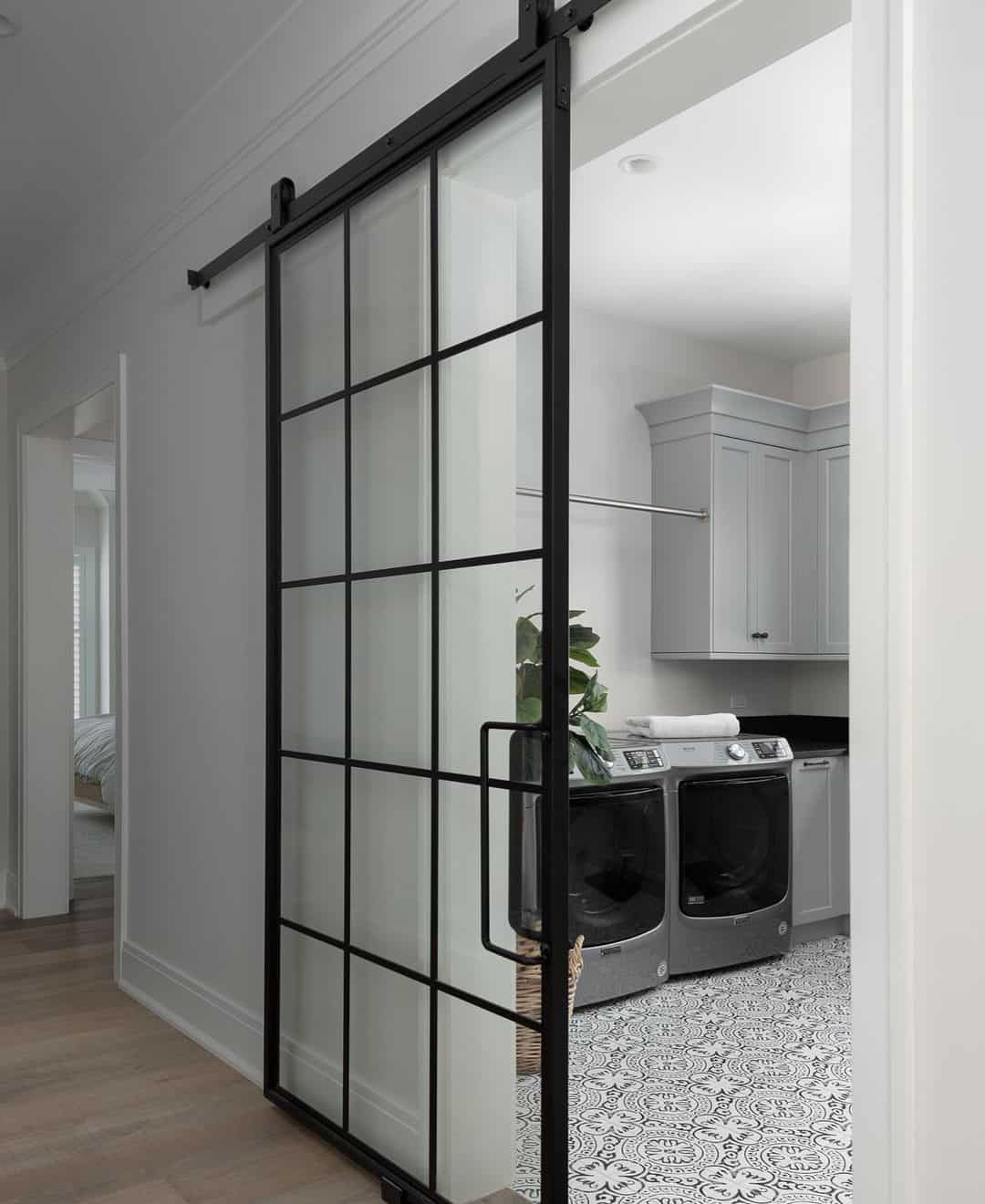
Other Laundry Room Considerations
If you’re having your laundry room renovated – or if you’re in the process of adding it – then you may want to consider the following tips:
1. Location
Although having a basement laundry closet is fine, you may benefit from placing it on the upper floor as well. For one, this makes it more accessible. And, if the space is located near the bathroom/kitchen, plumbing won’t be a big deal.
The caveat here, however, is the noise that the washers and dryers generate. As mentioned above, you can easily prevent this with a heavier door or a towel/door stopper.
2. Orientation
The proper orientation will make for a seamless transition – even if you have a small space.
For one, it’s best to stack the appliances or put them side by side. If you’re going to have a floating shelf, it should be on top of/next to the said machines.
If you have front-loading washers, you can generate more storage space by placing your machines on top of pedestals. A countertop is also a good option, granted it’s made of laminate, engineered stone, or Corian.
3. Safety
Washers can lead to leaks – and floods – if not installed correctly. For best results, use the following:
- Braided steel washer hoses, which are sturdier than rubber ones
- Foil tape-sealed metal dryer-vent pipes, which are fire-retardant (compared to plastic hoses)
4. Walls and Flooring
Leaks and floods may happen, so it’s best to have moisture-resistant surfaces instead.
For walls, perfect examples include glossy ceramic tiles, semigloss paint, or beadboard paneling.
As for flooring, the best options are cork, glue-down linoleum, or vinyl. Ceramic tiles are great options, too, although they require more upkeep and maintenance.
Conclusion
Whether you decide to put a laundry room door – or not – is up to you.
If you want to reduce noise and conceal all the clutter inside of the room, it’s best to install a door. But if you want to improve the area’s ventilation – and not spend much money along the way – you should keep your room without a door.
Which do you prefer – a laundry room with OR without a door? Share your thoughts below!

